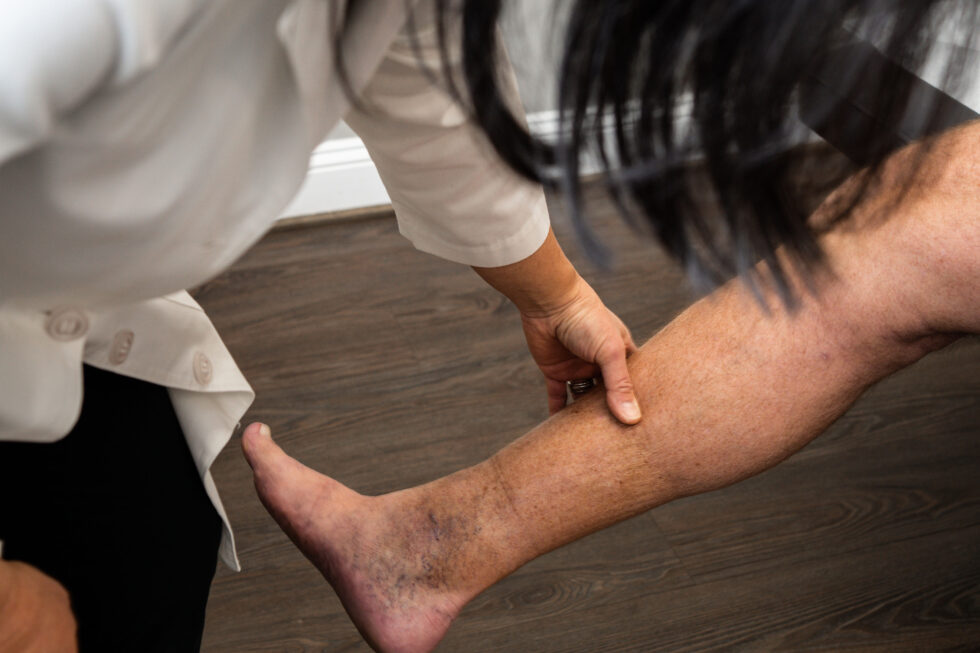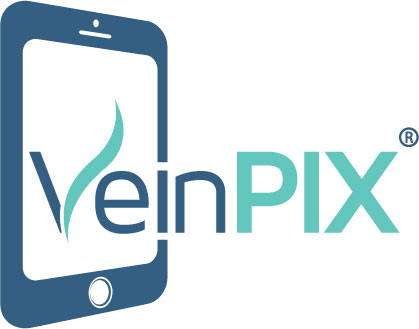When was the last time you felt confident wearing shorts or skirts during the summer without feeling self-conscious about varicose veins? We understand how frustrating it can be to deal with pain, swelling, and the way varicose veins make you feel about your legs. The good news is that you don’t have to live with the discomfort or the self-consciousness any longer. Phlebectomy offers a safe, effective solution to remove varicose veins, allowing you to enjoy smooth, healthy-looking legs.
In this article, we’ll walk you through everything you need to know about phlebectomy: what it is, who it’s for, the benefits, what to expect before, during, and after the procedure, and how it compares to other treatment options. Whether you’re just starting to explore your options or are ready to take the next step, this guide will give you the information you need to make an informed decision about your vein health.
What is Phlebectomy?
Phlebectomy, also known as ambulatory phlebectomy or microphlebectomy, is a minimally invasive surgical procedure used to remove superficial varicose veins. During the procedure, a vein specialist makes tiny incisions along the path of the varicose vein. Through these small incisions, the vein is removed in segments using a specialized hook. The incisions are so small that they usually do not require stitches and heal quickly, leaving minimal to no scarring.
The procedure is typically performed under local anesthesia, meaning that only the area around the varicose vein is numbed. Patients remain awake but feel no pain during the treatment. Phlebectomy is often done on an outpatient basis, allowing patients to return home the same day.
When to Consider Phlebectomy
Phlebectomy is an excellent treatment option for individuals with larger varicose veins that are causing significant symptoms or cosmetic concerns. It is particularly effective for veins that are too large to be effectively treated with sclerotherapy or other non-surgical methods. Candidates for phlebectomy generally have:
- Large, bulging varicose veins
- Varicose veins causing pain, swelling, or other symptoms
- Failed response to other treatments, such as sclerotherapy
- No contraindications to minor surgical procedures
However, phlebectomy may not be suitable for everyone. Individuals with certain medical conditions or those who are unable to undergo local anesthesia may need to consider alternative treatments.
Learn more: How to Ease the Pain of Varicose Veins
What Does Phlebectomy Treat?
Phlebectomy primarily treats varicose veins, addressing both the cosmetic appearance and associated symptoms. Here are the symptoms that phlebectomy can effectively manage:
- Pain or aching in the legs
- Swelling in the legs or ankles
- Skin changes, such as discoloration or thickening
- Itching or irritation around the veins
- Heaviness or fatigue in the legs
- Night cramps or restless legs
- Bleeding from varicose veins
- Ulceration or sores around the ankles
Phlebectomy Procedure
Preparing for Treatment
Before undergoing phlebectomy, patients should consult with their vein specialist to discuss their medical history, current medications, and any potential allergies. The specialist will likely perform a thorough examination and may use ultrasound imaging to assess the veins and plan the procedure. Patients are usually advised to avoid certain medications, such as blood thinners, in the days leading up to the procedure.
Benefits of Phlebectomy
Phlebectomy offers several significant benefits, including:
- Effective removal of large varicose veins
- Minimal scarring due to small incisions
- Quick recovery time
- Significant symptom relief
- Improved cosmetic appearance
- Outpatient procedure with no general anesthesia required
Phlebectomy Recovery & Aftercare
After the procedure, patients can expect some bruising and swelling around the treated area, which typically resolves within a few weeks. It is recommended to wear compression stockings for a period to support the healing process and improve blood flow. Most patients can resume normal activities within 24-48 hours but should avoid strenuous activities and heavy lifting for a few weeks. As always, it’s important to follow your vein specialist’s aftercare instructions to ensure optimal healing and results.
Explore Phlebectomy procedure →
Is Phlebectomy Safe?
Phlebectomy is considered a safe and effective procedure with a high success rate. However, like any medical treatment, it carries some potential risks. These risks may include:
- Infection at the incision sites
- Bleeding or bruising
- Nerve damage, though rare
- Blood clots
Patients with certain health conditions or those on specific medications may not be suitable candidates for phlebectomy. It is crucial to discuss any concerns with your vein specialist to determine the best treatment plan.
Does Insurance Cover Phlebectomy?
Insurance coverage for phlebectomy can vary depending on the provider and the specifics of the patient’s plan. Generally, if the varicose veins are causing significant symptoms such as pain, swelling, or other complications, insurance may cover the procedure as a medically necessary treatment. However, if the treatment is sought for purely cosmetic reasons, it may not be covered. It is recommended to check with your insurance provider and consult your vein specialist to determine coverage and any potential out-of-pocket costs.
How Much Does Phlebectomy Cost?
The cost of phlebectomy can vary based on several factors, including the severity of the condition, the number of veins treated, and the healthcare provider’s fees. On average, the cost of phlebectomy in South Carolina ranges from $1,000 to $3,000 per leg. This estimate may include consultation fees, the procedure itself, and follow-up visits. It is essential to discuss the pricing and payment options with your vein specialist during the consultation.
Phlebectomy vs. Vein Stripping
Vein stripping is an older, more invasive procedure that involves removing the entire length of the varicose vein through larger incisions. While effective, it is associated with more pain, longer recovery times, and a higher risk of complications compared to modern treatments like phlebectomy.
Phlebectomy offers the same benefits and long-term results without the drawbacks of vein stripping. This minimally invasive approach provides quicker recovery, less pain, and minimal scarring, making it the preferred choice for treating varicose veins.
Learn more: 6 Types of Vein Treatments
Phlebectomy Alternatives
Endovenous treatments such as Endovenous Laser Ablation (EVLA) or Radiofrequency Ablation (RFA) are also effective options for treating varicose veins. These minimally invasive procedures use heat energy to seal off problematic veins, reducing their appearance and symptoms. Compared to traditional phlebectomy, endovenous treatments generally involve less discomfort and quicker recovery times.
Phlebectomy may be preferred over EVLA or RFA in cases where veins are too large or tortuous to effectively treat with heat-based methods alone. Additionally, phlebectomy allows for the physical removal of varicose veins, which some patients prefer for more immediate and visible results. The choice between phlebectomy and endovenous treatments can be discussed in detail during a consultation with a vein specialist.
Achieve Healthier Legs with Phlebectomy at Carolina Vein Care
Varicose veins can be a source of discomfort, but you don’t have to live with them. Phlebectomy offers an effective solution for removing these problematic veins, alleviating symptoms, and improving the appearance of your legs.
At Carolina Vein Care, our board-certified vein specialists are dedicated to providing exceptional care and personalized treatment plans to help you achieve healthier, more beautiful legs. If you’re struggling with varicose veins, contact us today to learn more about phlebectomy and other treatment options available to you. Let us help you regain your confidence and enjoy the freedom to wear what you want, pain-free.
You might also like:


